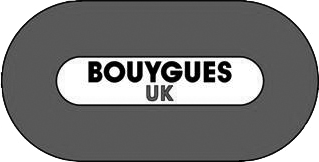The Disadvantages of Concrete Foundations
May 9, 2017 2:10 pmThe foundations of our homes and other buildings are vital to the safety and longevity of the structure. In fact, the quality of your home heavily relies on the right foundations and, without correct planning and construction, there may be very serious and dangerous consequences. There are several different options for structural foundations, including concrete and helical piles, and homeowners should carefully weigh up their options before making a final decision.
Historically, concrete was used in construction because it is inexpensive, hard-wearing and resistant to fire. In fact, it is still a popular choice of material in the building industry because it is extremely strong and undeniably great at spreading the weight of large structures.
There are also several drawbacks to using concrete as a structural foundation and the building industry is starting to embrace the alternatives. As well as being extremely heavy and bad for the environment, concrete requires a toilsome and time consuming installation process. In fact, without the use of hefty special equipment concrete can only be used at a shallow depth. This leads to corrosion and soil compaction in the surrounding area, which is harmful neighbouring plants and buildings.
When concrete is not prepared properly, it can crack and will increase your home improvement costs. Leaks can also occur, caused by both rain and groundwater. Unfortunately, the source of the leaks are often difficult to trace and the entire concrete may have to be dug up. So, despite the fact that concrete is initially quite affordable, the cost to repair it is quite the opposite.
If you happen to be unsure of which type of foundation is right for your new-build, or perhaps you’d like some repairs done on your current foundation, please don’t hesitate to get in touch for some advice; we are happy to answer any questions.
Categorised in: Uncategorized




















